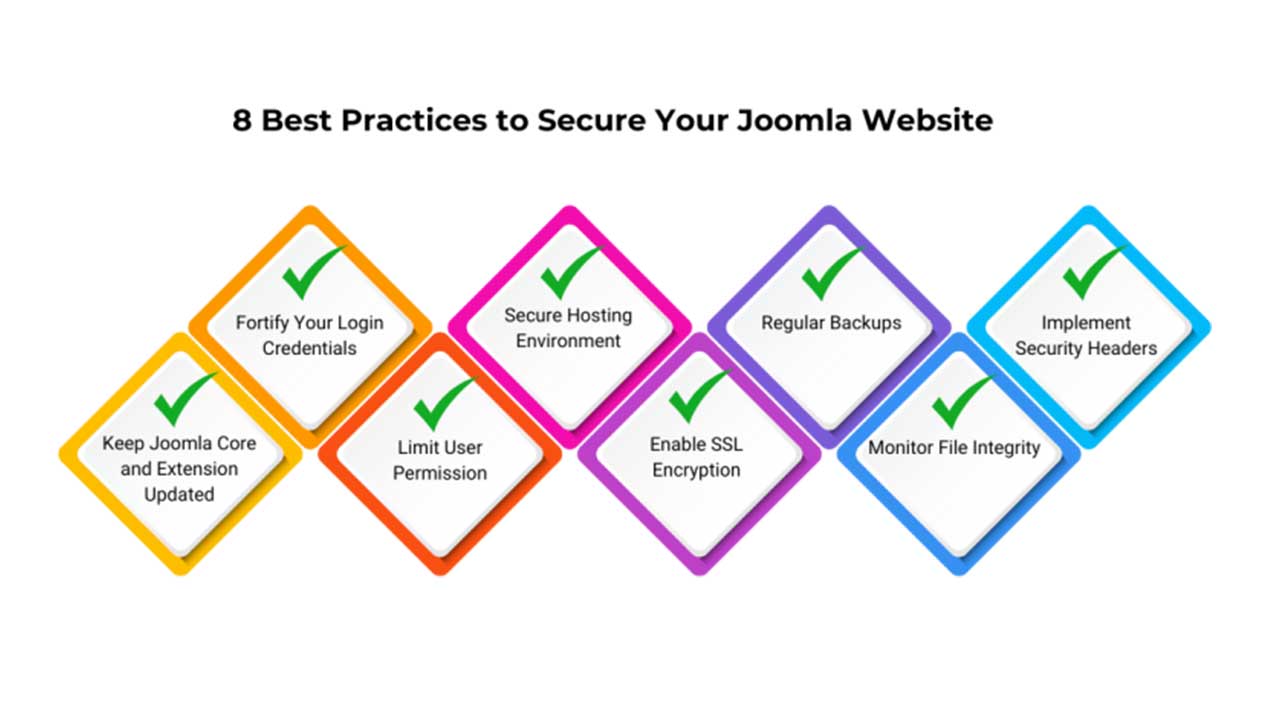LinkedIn Marketing Strategies: Elevate Your Professional Presence
LinkedIn, often dubbed the professional network, is a powerhouse for business development, lead generation, and career advancement. Harnessing LinkedIn’s potential requires strategic planning and execution. This guide will delve into effective LinkedIn marketing strategies to help you elevate your professional presence and achieve your business goals.
Introduction to LinkedIn Marketing
LinkedIn is not just a platform for job seekers; it’s a robust tool for businesses and professionals to connect, share content, and build relationships. With over 700 million users, LinkedIn offers unparalleled opportunities for networking, brand building, and marketing.
Setting Up a Compelling LinkedIn Profile
1. Optimize Your Profile
Your LinkedIn profile is your digital business card. Ensure it’s complete and professional:
Profile Picture: Use a high-quality, professional headshot.
Headline: Craft a headline that reflects your expertise and the value you offer.
Summary: Write a compelling summary highlighting your experience, skills, and achievements.
Experience and Skills: Detail your work experience and list relevant skills.
2. Customize Your LinkedIn URL
A personalized URL (e.g., linkedin.com/in/your name) makes your profile easier to share and more professional.
Building and Expanding Your Network
3. Connect Strategically
Start with People You Know: Connect with colleagues, clients, and industry peers.
Expand to Second-Degree Connections: Reach out to connections of your connections.
Join and Participate in Groups: Engage in groups relevant to your industry to expand your network.
4. Engage with Your Network
Post Regularly: Share industry insights, company news, and professional achievements.
Comment and Interact: Engage with your connections’ posts by liking, commenting, and sharing.
Content Strategy for LinkedIn
5. Share Valuable Content
Industry Insights: Post articles, whitepapers, and research findings.
Original Content: Write LinkedIn articles and posts to share your expertise and opinions.
Multimedia: Use videos, infographics, and presentations to make your content more engaging.
6. Leverage LinkedIn’s Publishing Platform
LinkedIn’s publishing platform allows you to reach a broader audience. Regularly publishing long-form content can position you as a thought leader in your industry.
Utilizing LinkedIn Features for Marketing
7. LinkedIn Company Page
Create a Company Page: Ensure it’s complete with a professional logo, cover image, and detailed information about your business.
Share Updates: Regularly post company news, product updates, and industry trends.
8. LinkedIn Ads
Sponsored Content: Promote your posts to a targeted audience.
InMail: Send personalized messages directly to LinkedIn users’ inboxes.
Text and Display Ads: Use these for brand awareness and lead generation.
Measuring Success and Adjusting Strategies
9. Use Analytics
LinkedIn provides analytics for both personal profiles and company pages. Monitor these metrics to understand what’s working and what’s not.
10. Adjust Your Strategy
Based on your analytics, tweak your content, posting frequency, and engagement tactics to improve your results.
Conclusion
LinkedIn is a powerful platform for marketing and professional networking. By optimizing your profile, building a strategic network, sharing valuable content, and utilizing LinkedIn’s features, you can significantly enhance your professional presence and achieve your marketing goals.
FAQs
1. How often should I post on LinkedIn?
Consistency is key. Aim to post at least once a week, but don’t overwhelm your audience. Quality over quantity.
2. Can LinkedIn be used for B2C marketing?
While LinkedIn is primarily B2B, B2C companies can also benefit by targeting professionals who might be decision-makers or influencers in their personal and professional lives.
3. How do I measure the success of my LinkedIn marketing efforts?
Use LinkedIn’s analytics tools to track engagement, reach, and conversion rates. Monitor metrics like post views, likes, comments, shares, and follower growth.
4. Should I use LinkedIn Premium?
LinkedIn Premium offers additional features like InMail, advanced search filters, and profile views insights. Consider it if these features align with your goals.
5. What type of content performs best on LinkedIn?
Content that offers value to your audience, such as industry insights, how-to guides, and thought leadership articles, typically performs well. Multimedia content like videos and infographics also tends to have higher engagement.









